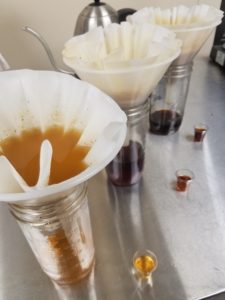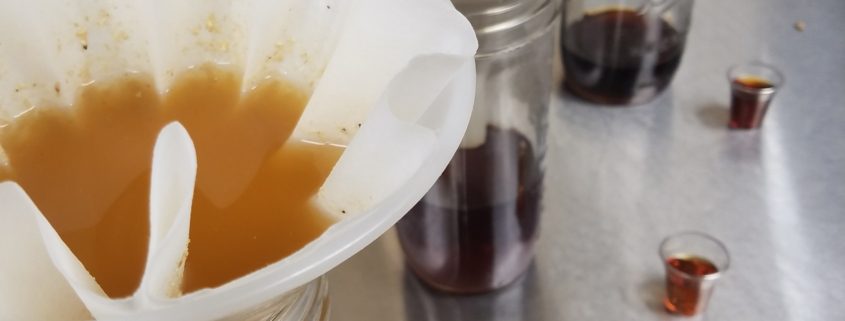American Single Malt Earns Well-Deserved Recognition As A Whiskey Category; What That Means For Craft Malt
It’s official! American Single Malt Whiskey will become a new category for spirits across the United States in early 2022. The American Single Malt Whiskey Commission has been hard at work for years now to make this happen. We tip our hats to them.
The category will be defined by the following criteria….
- made from 100% malted barley
- distilled entirely at one distillery
- mashed, distilled and matured in the United States of America
- matured in oak casks of a capacity not exceeding 700 liters
- distilled to no more than 160 (U.S.) proof (80% ABV)
- bottled at 80 (U.S.) proof or more (40% ABV)
As you can probably imagine, we are excited about this new development. It offers an excellent opportunity to explore the world of craft malt flavor in a distilled format… the intersection of art science for both maltster and distiller!
Most Scotch Whisky is produced using a Pale Ale style malt (think Maris Otter) that can be kilned with or without the introduction of peat smoke. In this case the maltster is delivering a nicely balanced package of rich, bready flavors along with sufficient enzymes to support efficient conversion. These malts combined with pot still based production runs yield a spirit with substantial mouthfeel and complexity.
But what happens when we explore different varieties of barley or higher kilned specialty malts within these same production techniques? What happens when we utilize column or hybrid stills? What happens when we experiment with different proof levels coming off of the still?
To quote my friend Jason Parker from Copperworks Distilling Company… ”We get to write the book”!
Craft maltsters across the United States work with numerous 2-row and 6-row varieties of both Winter and Spring barleys to create a wide range of flavorful base malts that will support this new style. Our experience with Southern-grown winter barley has demonstrated distinctive and consistent differences in varieties that range from biscuits and hearth-baked bread to floral and melon notes. These nuances will undoubtedly have a positive impact on the finished spirit.

Riverbend’s Munich “family”…Vienna, Light Munich, and Dark Munich
Incorporating Munich-style malts into the grain bill will also set the table for an exciting departure from the norm. More sweet aromatics like honey, vanilla, and cake batter will now be present and available to contribute flavors to distillate that haven’t been thoroughly explored. Couple this with variations in climate that impact the aging process and you have the building blocks of terroir for American Single Malt.
While not technically keeping with the new definition of the style, the classic rye versus wheat debate in bourbon could also spur additional avenues for innovation for American Malt Whiskey. Gently kilned soft white wheats might introduce delicate floral notes similar to fine pastries. Heirloom and modern rye varieties could contribute rich, earthy spice reminiscent of pumpernickel bread.
Last, but not least, we have smoke. Native hardwoods, fruit woods, and decommissioned barrels could all play a role in building unique character. Several of our customers have already begun to experiment in this space and we are waiting patiently for the first releases to be bottled!
Got an idea for a unique grain bill? Want to discuss a custom malt project for your distillery? Give us a shout. We look forward to exploring this new chapter in artisan spirits together!



